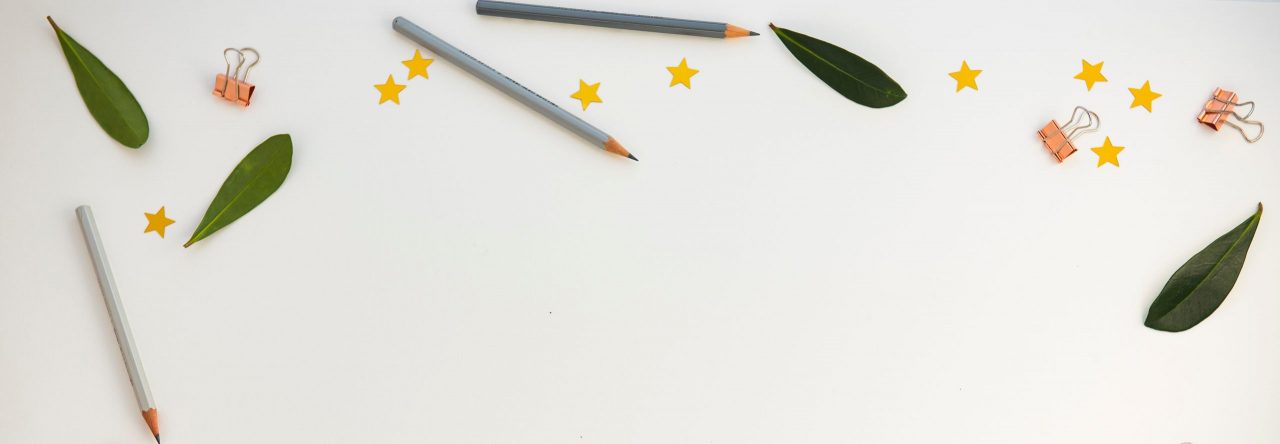During our class today in EDCI 336, we watched the “RiP! Remix Manifesto” documentary. Before this, Rich presented us with various apps and google chrome extensions that could be useful for us as future teachers. Diigo is a chrome extension that is useful for organizing and curating your bookmarked resources. I found it to be particularly useful because Rich outlined how we can create folders to put your bookmarks in and separate it by grade and subject. This would be particularly useful for practicum. I cannot find very many downfalls to this website other than, after some further research, I found that the extension was hijacked and all traffic was sent to different malicious websites. Other than this Diigo seems very useful and interesting.
“RiP! Remix Manifesto” documentary is about copyright laws. The narrator of the documentary talks about his favourite musical artist, Girl Talk, who mashes up many songs together to make album-long remixes. I actually know Girl Talk myself and my favourite album of his is “All Day”. The narrator outlines how a lot of Girl Talk’s music goes against many copyright laws and that the rights to the music that he samples “doesn’t depend on who made the songs, but who owns the copyright.” Intellectual property is locked up until purchase for the copyRIGHT and for the copyLEFT, there needs to be a global free exchange of ideas in order for our society to learn and grow. There was a main “manifesto” of the documentary that outlined 3 main truths. These included:
- Culture always builds on the past. The film showed how the moral dilemma surrounding copyright is split into the public domain (freely build on earlier works) and private corporations. An example the film brought up was Napster (largest free library of human resources) – this brought power back to the people.
- The past always tries to control the future. The copyright laws in place made 52 million US citizens copyright criminals. Lessig, a lawyer, wrote the manifesto that inspired this film. He claimed that there is “no way to kill this technology, we can only criminalize its use.” He explained how fair use is a copyright law that allows for free speech. small amounts of copyrighted material to make an argument. His and the documentary’s narrator’s main point is that “copyright is out of control and has been manipulated for profit at everyone’s expense worldwide.” Making mashups like Girl Talk is explained to be a form of “literacy for a new generation,” it helps build a different democracy and culture. Disney is revealed to be huge player in the story of copyright. Walt Disney himself was a “mashup artist” who was “always continuing the conversation of a culture.” He built on the past and then he died. His corporation then changed the law so that no one could do what he did again.
- Our future is becoming less free. Record and movie companies want Canada to lock up everything just like the States.
My final thoughts about the documentary are that I agree with the point made about how it is hypocritical that people can cite literature works and then build their own work off of that but the same is not true for media. I also agree with the point that revealed the harm in scientists not publishing their data. This withholding of information could potentially be holding us back as a society from advancing with vaccines, biological data, etc. We need to move away from our current Eurowestern, individualistic, capitalistic beliefs and move towards a more Indigenous holistic and relational view of sharing art and science for the benefit of everyone, not just the chosen few CEOs at the top of society’s hierarchy.
After the documentary, we discussed copyright licensing, options for teacher/educational resources, and our personal thoughts on the film. I think for most teachers, avoiding copyright infringement can be hard because they may not have received education on what is legal and what is not. I will have to work hard to make sure I am citing materials that are not my intellectual property in my lessons. I can see how teachers photocopying worksheets and collaborating/integrating various lesson plans from many different sources can be tricky in regards to copyright. I will be using the resources brought up in class such as the digital scholarship commons and open education resources (OER).

Leave a Reply
You must be logged in to post a comment.